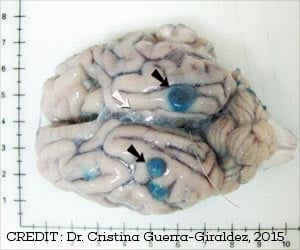Urine-diverting composting toilets that collect urine and feces separately spread fewer virus particles than a traditional toilet.

‘Urine-diverting toilets have less potential to spread infections because the viruses emitted from flushing are low in level.’





It’s a well-known fact that flushing a toilet sprays out tiny droplets of water, as well as urine and feces, into the air. These particles land on nearby surfaces or get breathed in by people nearby. But if it’s an infected person’s waste that’s flushed, contagious pathogens, such as noroviruses, adenoviruses, and human polyomaviruses, could also be ejected into the air.Most commodes in the U.S. are of the traditional mix flush type, and they empty one large water-filled compartment. Another type of toilet is called a urine-diverting system and has two compartments: one that collects urine in the front and another that removes excrement through the back water-filled compartment.
Urine-Diverting Dry Toilet and Container-Based Sanitation
Viruses in urine would be removed through the urine-diversion section, but of those that end up in the water, it’s not clear how much gets sprayed out. So, researchers wanted to compare the levels of viruses emitted from flushing the two types of systems to estimate their potential for spreading disease.To simulate the effects of an average excretion event from a sick person, the researchers added solutions with 10 billion surrogate viruses into the water of traditional and urine-diverting toilets in a university restroom.
They used two bacteriophages: MS2, which is similar to norovirus, and T3, which stood in for adenovirus and polyomavirus. Then the team simply covered the bowls with plastic film and flushed them. Material from the films was recovered and analyzed to see how much MS2 and T3 splashed onto them.
The results showed that less than 1% of the virus surrogates added to the toilets were sprayed out. And when protein was added to the water, simulating the proteins found in urine, the traditional commode expelled tens of times more MS2 and T3 than the urine-diverting version.
Advertisement
Advertisement









